This native shrub is one of the ones that people love to add to their gardens thanks to the gorgeous blooms. It is also a high-value habitat species, hosting over 30 butterflies and moths and supports specialist native bees and wasps. Please take the size into consideration when planting this shrub, because this is a seed grown standard species, not a dwarf cultivar.
Why is it called the common or eastern ninebark? The thick woody stems on mature plants develops many layers of flakey bark. This provides great winter interest when the leaves drop. I do ask, on behalf of the plant, if possible, try not to test the nine bark theory. Let it flake off on its own. As fun as certain bark may be to to pick at, it does provide a layer of protection against pathogens. It doesn’t really have nine layers of bark, however, the older the shrub, the more flaky layers you get.
I am currently offering these in plugs. They are large enough to put straight in the garden, where they can become established. At this tiny size, they don’t need to wait until fall to plant. Larger woodier species tend to be a bit more stressed when grown in pots, and the shock of having their limited root systems is too rough in the hot summer. Tiny plugs, however, are very quick and easy to get established. These are on average around 6″ tall seedlings.
Find eastern ninebark in the wild
var. opulifolius: Stream banks, riverside thickets and scour prairies, rock outcrops, cliffs, fens, seepage swamps, especially over mafic or calcareous rocks (Source)
Grow eastern ninebark in your garden
This is both a highly ornamental and easily adaptable shrub that will get big quickly, as far as shrubs are concerned. It’ll still take a few years to reach its maximum size, but that’s nothing compared to most woody species. While it can tolerate light shade, it does best in full to part sun. I really do mean adaptable. This one can handle occasional ponding, drought,
In spring, the shrub is adorned in many globe-like clusters of white flowers, followed by clusters of reddish fruit in the fall. This looks stunning against the backdrop of yellow fall leaf color. These are not fleshy fruits, rather they’re more like husks filled with seeds. The genus Physocarpus translates to bladder fruit. These will eventually dehisce into globe-like clusters of tan ornaments as the shrub goes dormant before winter. Don’t prune them back now! Those little packages of seeds are an important food source for overwintering birds – literally nature’s birdfeeder. If you want to encourage a bushier shrub, prune back 1/3 of the total plant just after blooming (sacrificing some of the fruit). This one flowers on old growth.
I am listing this as good for small gardens, because it’s small as far as shrubs go (some shrubs are small trees). Small gardens can still make room for a few carefully placed big plants to help anchor things into place. Also, if you really need to (like in a tiny city courtyard) you can find dwarf cultivars that fit your needs.
Judgy Judy says…
This looks like the cultivated shrubs that I am used to and feel comfortable seeing in gardens. HOA gives this one the stamp of approval. You may be forced to tidy it up in winter, if your HOA is particularly strict. If so, look into reserving the seeds for your bird feeder. No need to buy if you grow it yourself, and this will help to spread this native plant to new locations.

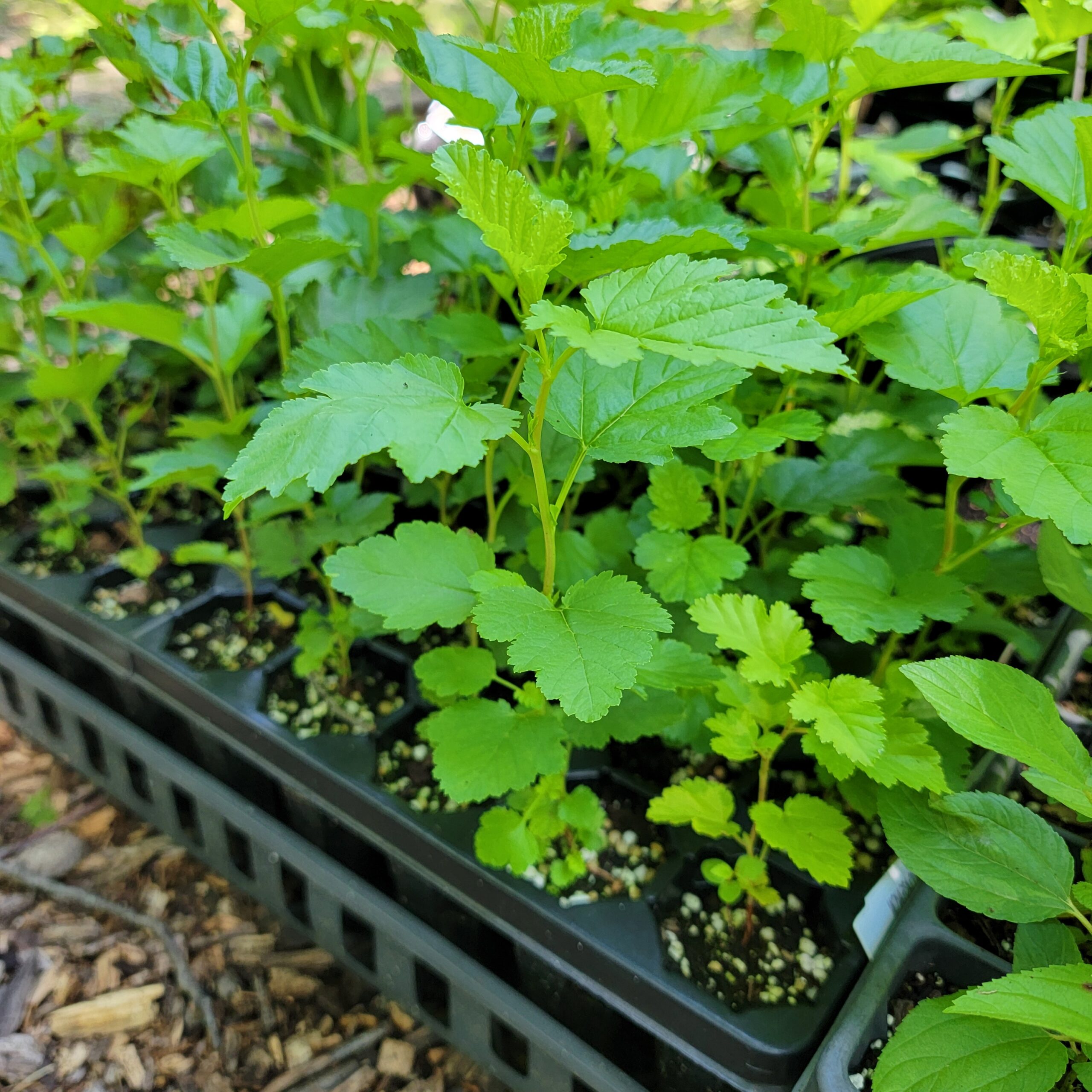
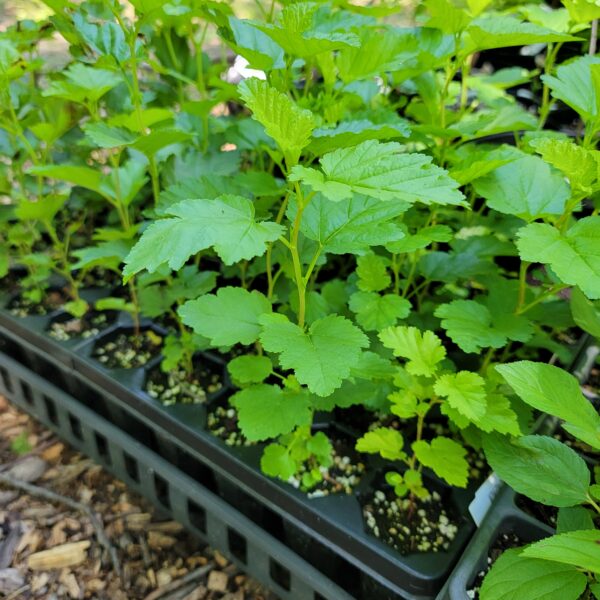
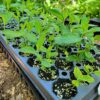
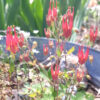

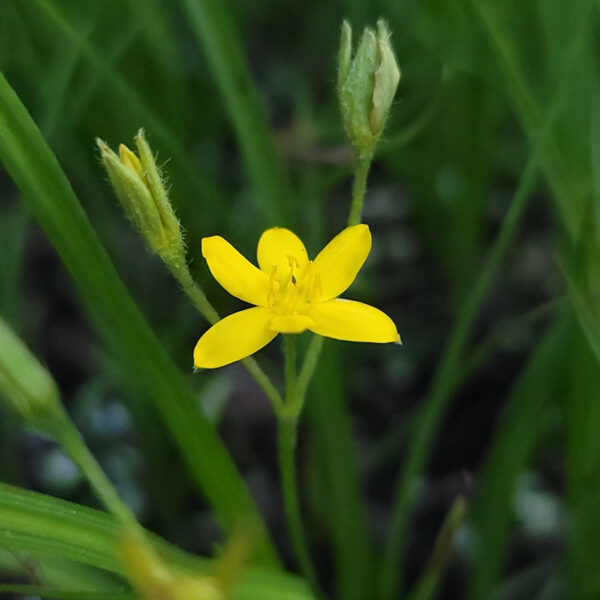

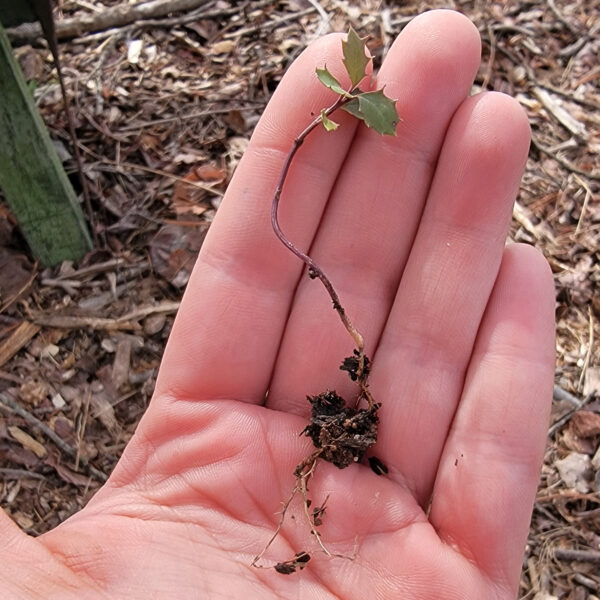

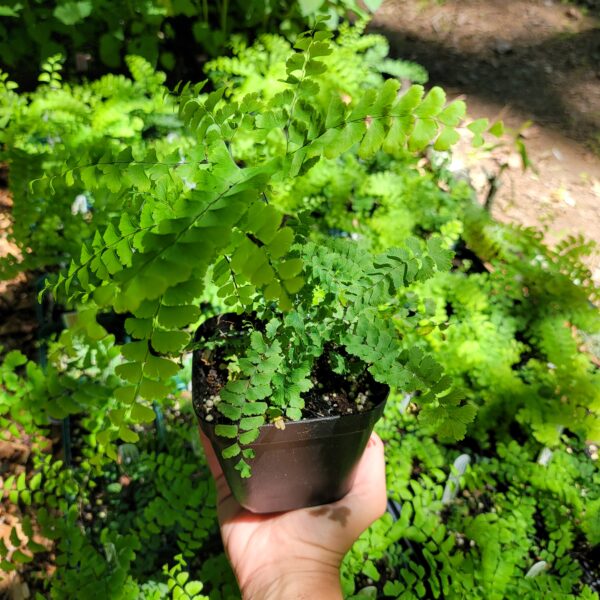






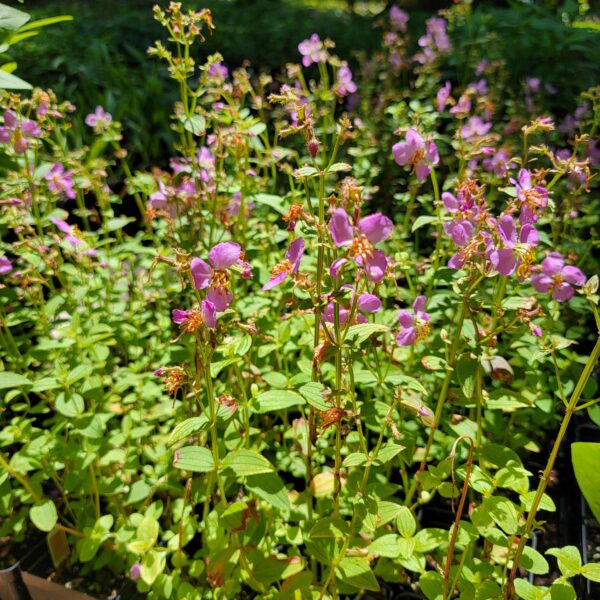

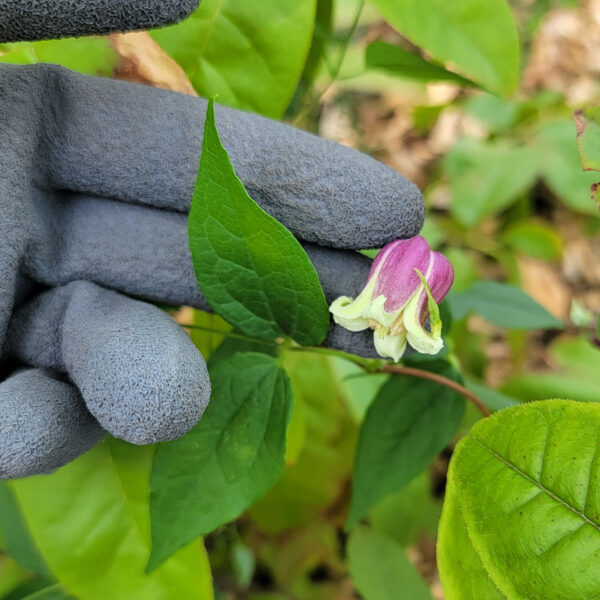
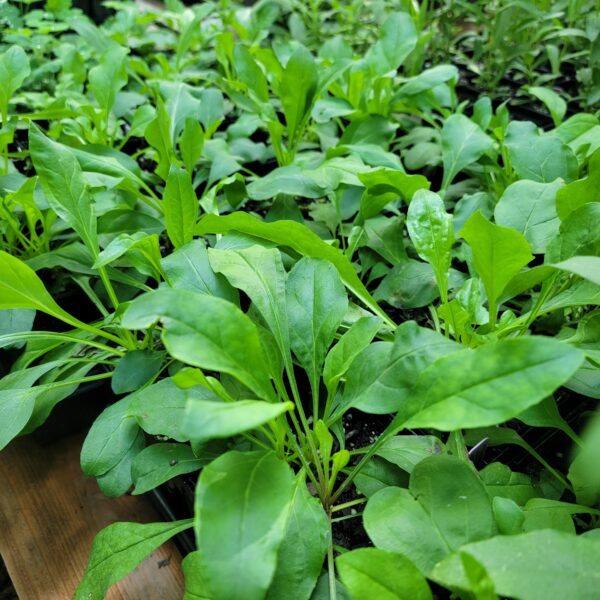
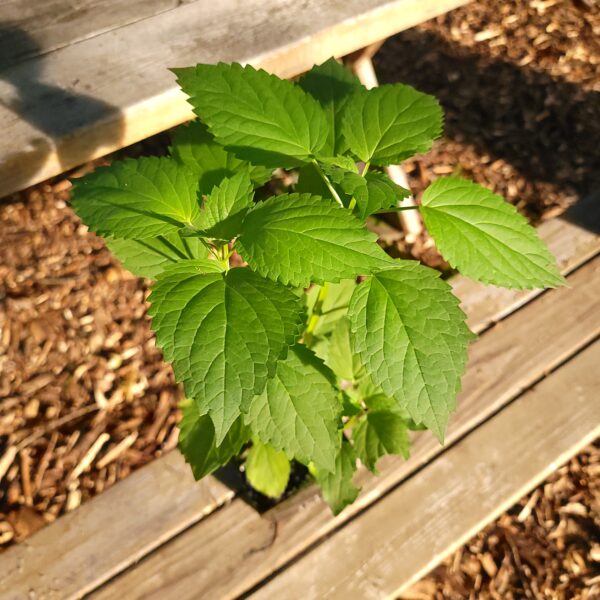



Reviews
There are no reviews yet.